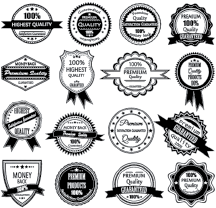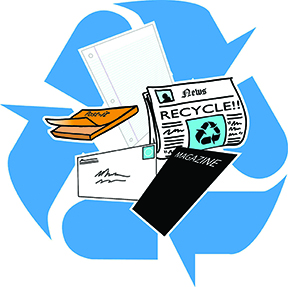 When deciding on the paper to use for marketing materials, such as a brochure or sell sheet, many of our customers tell us, “I’d like a shiny paper; it looks so professional.”
When deciding on the paper to use for marketing materials, such as a brochure or sell sheet, many of our customers tell us, “I’d like a shiny paper; it looks so professional.”
We’re not sure how this association with shiny paper – which we printers refer to as coated paper – got started, but we have a theory. Full color printing requires a smooth, uniform paper surface and therefore almost always uses a sheet that has had a coating applied during the manufacturing process. The purpose of the coating is to improve the way the surface of the sheet receives the ink, and it works! Full color printing on a coated sheet looks sharp and bright – in a word, professional.






 Increased awareness of the effects of human beings on the environment may be changing our relationship to paper, but it isn’t destroying it. There is much evidence to support the idea that paper has a legitimate role in our lives. And while we don’t want to waste paper, we don’t need to eliminate it – or the things we do with it – completely.
Increased awareness of the effects of human beings on the environment may be changing our relationship to paper, but it isn’t destroying it. There is much evidence to support the idea that paper has a legitimate role in our lives. And while we don’t want to waste paper, we don’t need to eliminate it – or the things we do with it – completely.